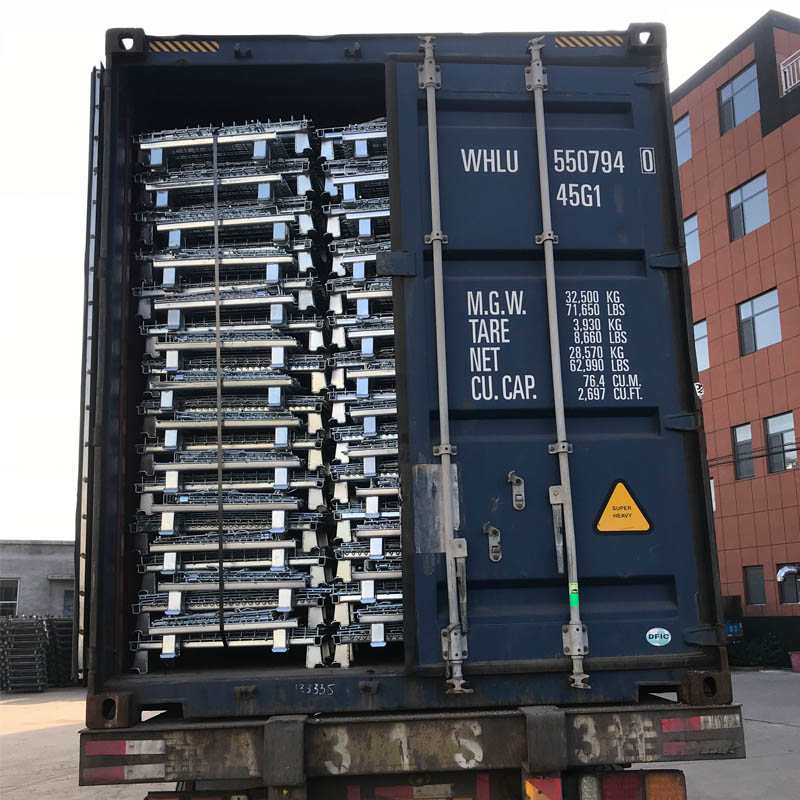
- Mobile Phone
- +8613931874955
- sales@cntcmetal.com
Applying Metal Corner Beads for Smooth and Durable Plastering Finishes
Plastering Metal Corner Bead A Comprehensive Guide
When it comes to achieving smooth, professional-looking corners in plastering projects, the use of metal corner beads is an essential practice. Metal corner beads serve as a protective and decorative edge for wall corners, ensuring that they remain crisp and well-defined. This article will delve into the purpose, installation, and benefits of using metal corner beads in plastering.
Understanding Metal Corner Beads
Metal corner beads are typically made from galvanized steel or aluminum and are designed to reinforce and protect the corners of drywall installations. They provide a sturdy framework that helps maintain the integrity of plastered edges, preventing chipping, cracking, and deterioration over time. Their primary purpose is to create a sharp, defined corner that enhances the overall aesthetics of the plaster finish.
Benefits of Using Metal Corner Beads
1. Durability Metal corner beads are much more durable compared to their paper counterparts. They are resistant to damage from impact, moisture, and wear and tear, making them ideal for high-traffic areas.
2. Aesthetic Appeal These beads provide a clean, straight edge that facilitates uniform plaster application. This results in sharper, more attractive corners that can significantly improve the overall finish of a room.
3. Ease of Maintenance With their robust nature, metal corner beads are easier to repair if damaged. Unlike traditional plaster corners, which may require extensive patching, repairing a corner with a metal bead can often be done with minimal effort.
plastering metal corner bead

Installation Process
Installing metal corner beads is a straightforward process that can be done by both professionals and DIY enthusiasts. Here’s a step-by-step guide
1. Preparation Begin by measuring the corners where the bead will be installed. Ensure that the drywall is properly hung and butted together at the corners.
2. Cutting the Bead Use tin snips to cut the corner bead to the required length, usually slightly longer than the corner itself to allow for adjustments.
3. Positioning Align the metal bead with the corner, ensuring that it is flush with the surface of the drywall. Secure it in place using drywall screws or adhesive, depending on the type of bead being used.
4. Applying Plaster Once the corner bead is securely attached, apply a layer of plaster over it using a trowel. Feather the edges to blend the plaster smoothly into the surrounding wall.
5. Sanding and Finishing After the plaster has dried, sand the edges for a smooth finish. You may need to apply additional layers of plaster if necessary, followed by sanding until the desired finish is achieved.
In conclusion, plastering with metal corner beads not only enhances the durability and aesthetic of drywall installations but also simplifies the finishing process. By incorporating these essential components into your projects, you can ensure that your walls look sleek and stand the test of time. Whether you are a homeowner tackling a DIY renovation or a professional contractor, understanding the benefits and installation techniques of metal corner beads is vital for achieving high-quality results in plastering.
share:
-
Your Source for Concrete Wall Ties and Masonry AccessoriesNewsJul.10,2025
-
Unlocking the Power of Iron Wire for Every ProjectNewsJul.10,2025
-
Explore Advanced Chain Wire and Stainless Steel Mesh FencingNewsJul.10,2025
-
Discover the Benefits of Annealed Wire ProductsNewsJul.10,2025
-
Discover China Stainless Steel Wire Mesh SolutionsNewsJul.10,2025
-
Build with Confidence Using High-Performance Masonry AccessoriesNewsJul.10,2025
-
Why Sacrificial Formwork Is Redefining Underground ConstructionNewsJun.06,2025



















